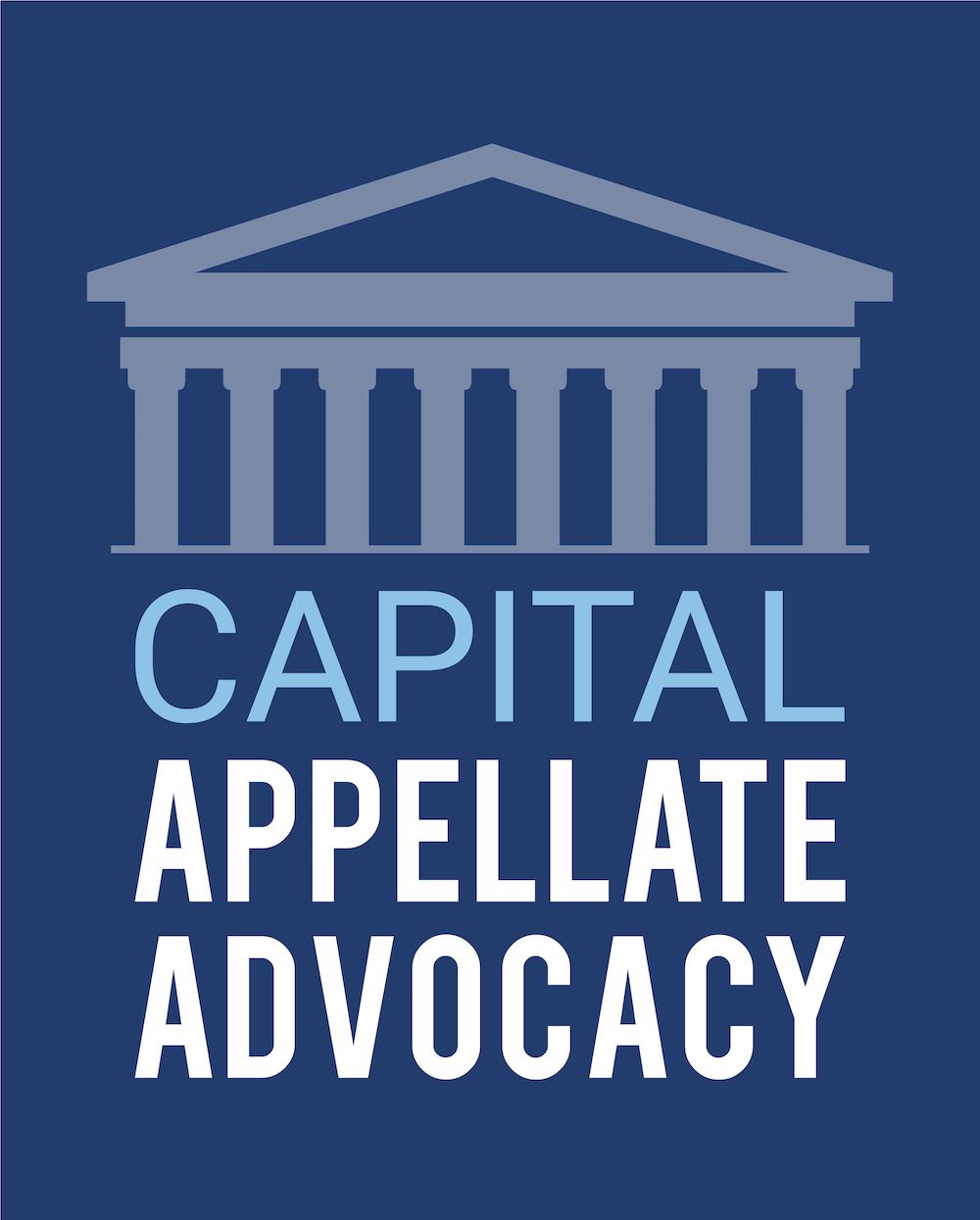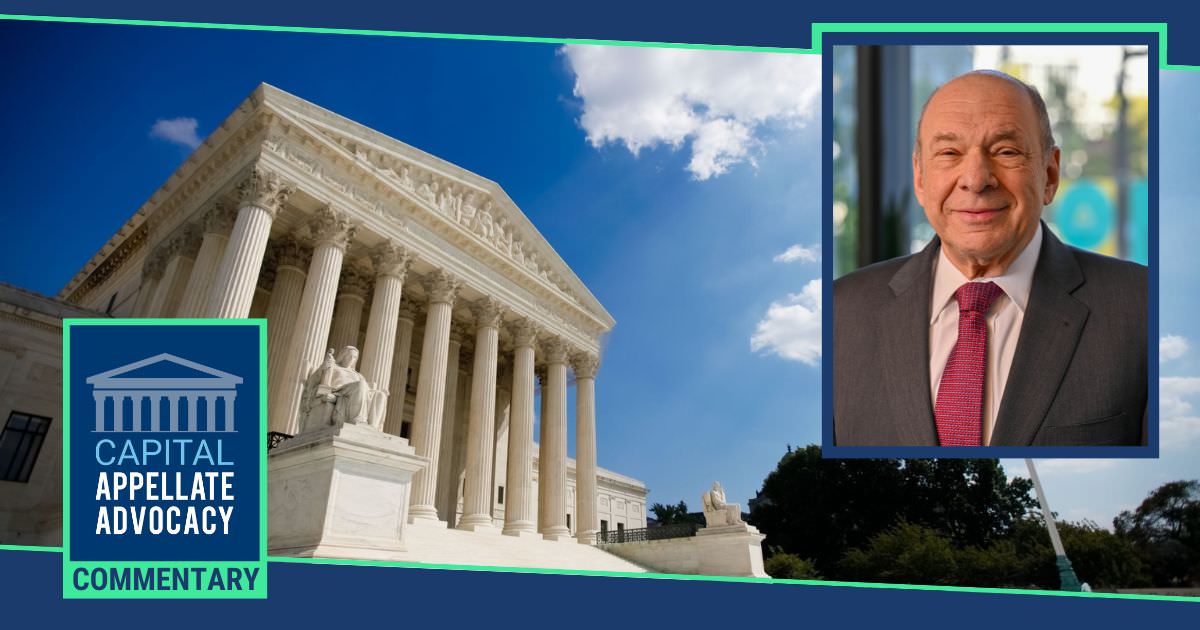Today’s unanimous Supreme Court opinion in Weyerhauser Co. v. U.S. Fish and Wildlife Service, No. 17-71, empowers federal courts to exercise greater scrutiny over how federal agencies administer the Endangered Species Act (“ESA”). Under the ESA, the Fish and Wildlife Service (“FWS”)—the Interior Department unit responsible for administering part of the ESA—must designate the “critical habitat” for each listed endangered species. FWS also determines whether a geographic area should be excluded from critical habitat designation because the economic costs of designation would outweigh the conservation-related benefits of designation. Critical habitat designation can be troubling to business and industry for many reasons, such as its potential adverse impact on obtaining federal government permits required by the Clean Water Act or other statutes.
The Court’s opinion, authored by Chief Justice John Roberts, explains that an endangered species known as the “dusky gopher frog” used to live throughout open-canopy longleaf pine forests that previously blanketed Southeast coastal regions. Virtually all of those forests, however, have been cut down to make way for urban development, agriculture, and closed-canopy timber plantations that are inhospitable to dusky gopher frogs. In fact, dusky gopher frogs have not been seen since 1965 at the FWS-designated, 1,544-acre critical habitat site in St. Tammany Parish, Louisiana that is at issue in the case. Weyerhaeuser, which conducts timber operations at that closed-canopy site, challenged the FWS critical habitat designation on two grounds: (i) dusky gopher frogs cannot not survive at the current site, and (ii) FWS conducted a faulty cost/benefit evaluation.
The Supreme Court’s 8-0 opinion (newly appointed Justice Kavanaugh did not participate) addresses two statutory interpretation issues:
First, the Court held that because “critical habitat” is a subset of “habitat,” FWS cannot designate an area “as critical habitat unless it is also habitat for the species.” The Court remanded to the Fifth Circuit the question of whether, for ESA purposes, an endangered species “habitat” must be an area where, although currently unoccupied by the species, is an area where the species could survive under current conditions. According to FWS, a habitat can include areas that would require modification in order to support a sustainable population of an endangered species (e.g., by restoring open-canopy forests).
Second, the Court held that under the federal Administrative Procedure Act, federal courts have jurisdiction to review an FWS determination that the economic impact of designating an area as critical habitat is not outweighed by the benefits of the designation. In the case of the dusky gopher frog, FWS argued that its cost/benefit determination—that the benefits of its critical habitat designation outweighed an estimated $ 35 million impact—was solely a matter of agency discretion and not subject to judicial review. The Court disagreed, and remanded to the Fifth Circuit to decide whether the FWS cost/benefit determination is arbitrary, capricious, and/or an abuse of discretion. This latter holding has potentially broader significance. It means that in most cases, a federal agency’s weighing of costs and benefits in connection with a regulatory action is subject to judicial challenge.

